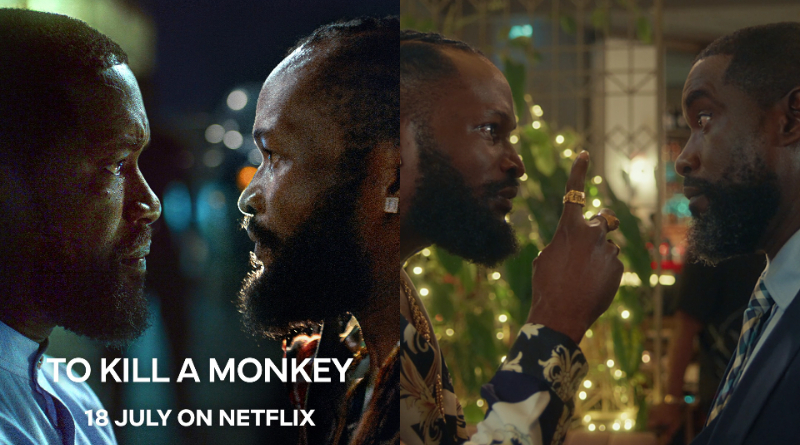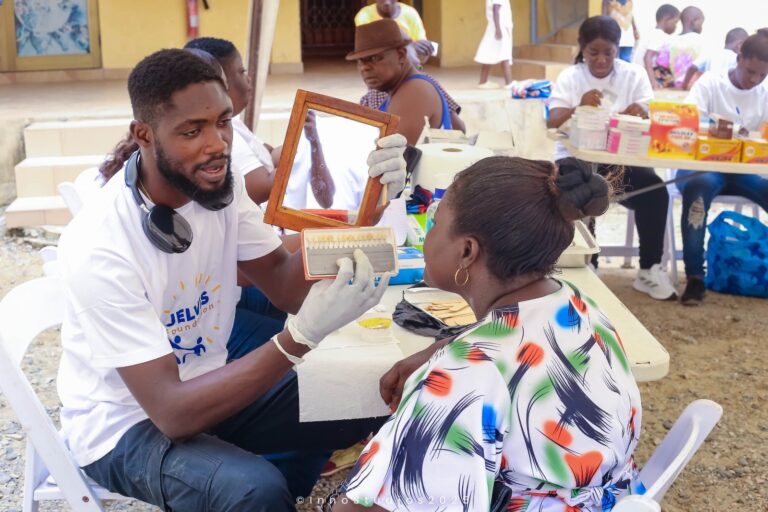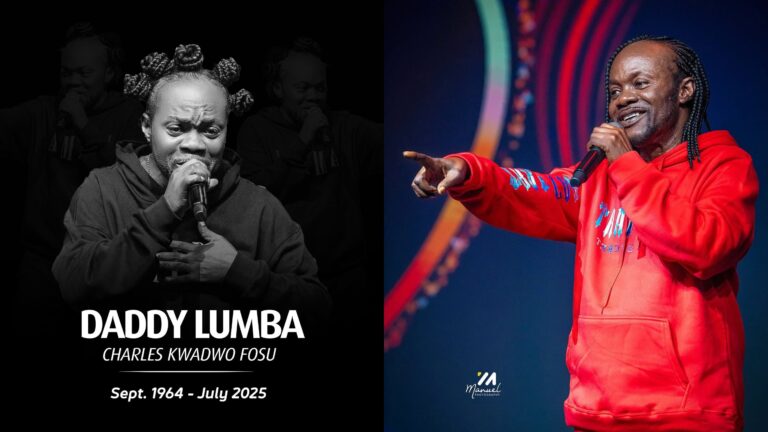Kemi Adetiba Strikes Again: Inside the Grit of To Kill a Monkey
Firstly, let’s give Aunty Kemi Adetiba her flowers and then some.
She deserves a statue, and not just for To Kill a Monkey. From King of Boys to her current masterpiece, Kemi has consistently raised the bar in African cinema (read: Nigerian cinema, yes, I said it 🤭). Her projects don’t just entertain, they grip, provoke, and linger.
And To Kill a Monkey is no exception.
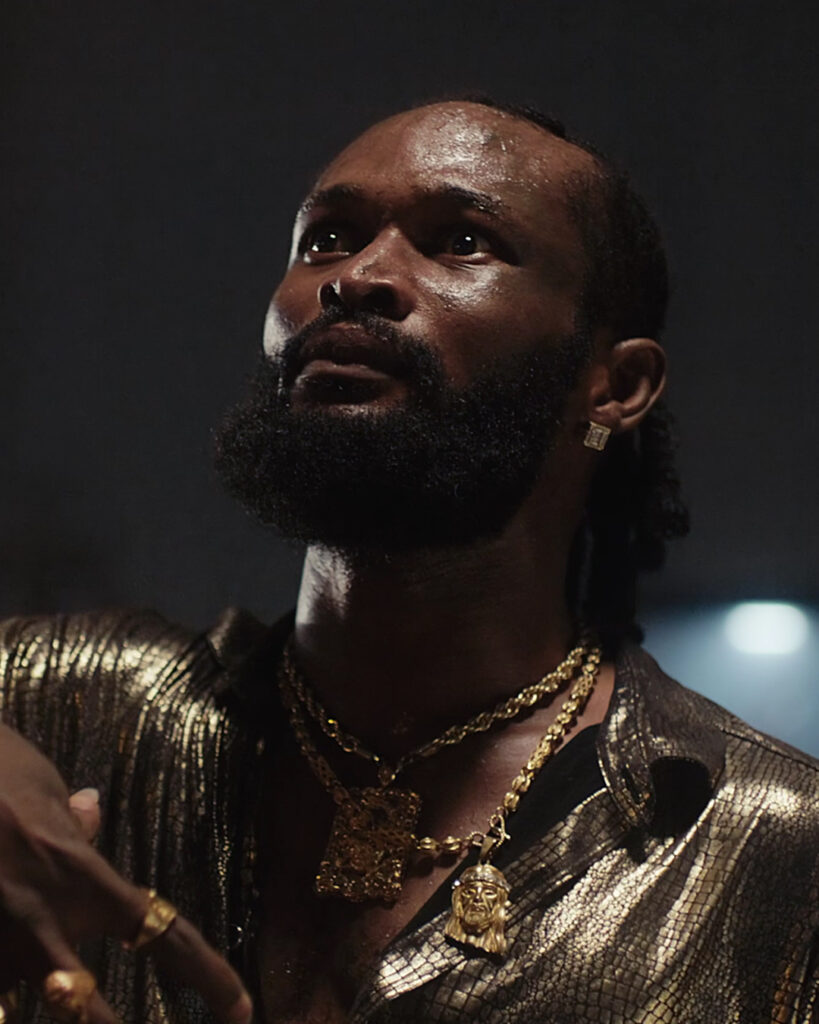
While Kemi Adetiba directed the series, she also wrote and produced it—cementing her reputation as a true multi-hyphenate in Nollywood. But she didn’t do it alone.
To Kill a Monkey was a family-fueled vision, with co-production credits going to her brother Remi Adetiba and her husband Oscar Heman-Ackah.
What the Series Delivers
This isn’t your regular Nollywood popcorn flick. If you’re looking for soft romance or easy laughs, walk away now.
What you get instead is Greed at its ugliest, Guilt that creeps up like a shadow, and Betrayal so sharp it cuts through loyalty like paper.
And the real kicker? The “monkey” is metaphorically a symbol of innocence, sacrifice, or the exploited.
You’ll finish the series wondering: “Wait… was I the monkey all along?” 😂
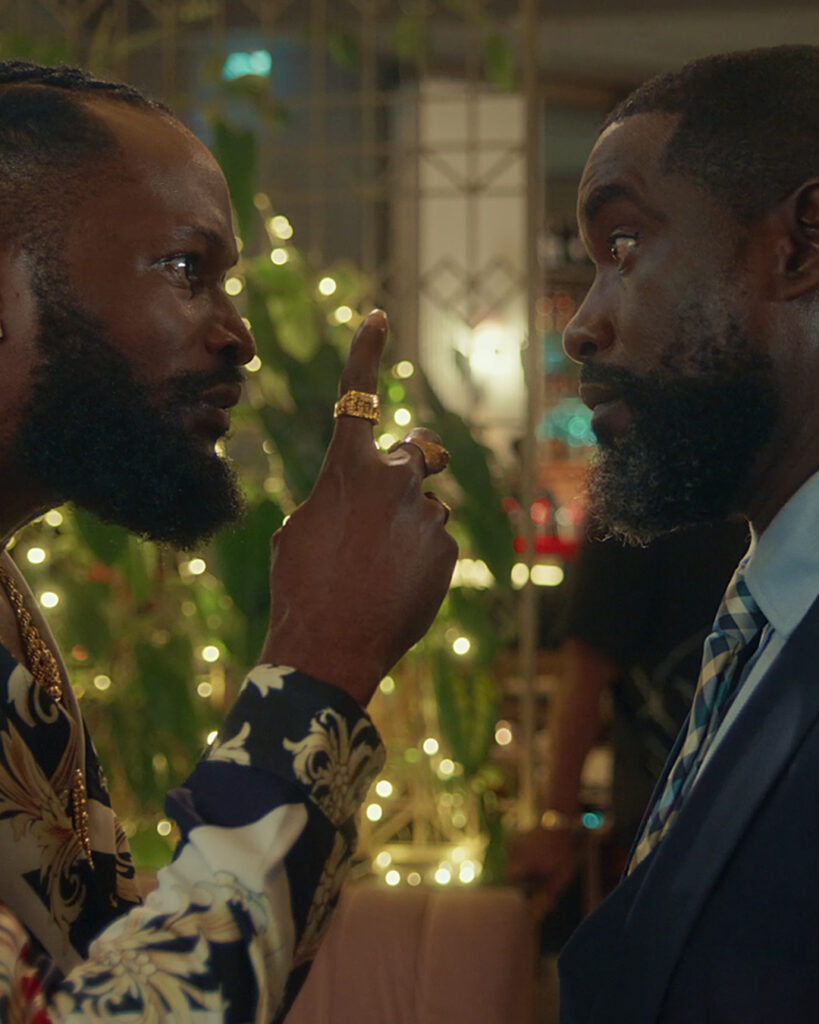
Review Breakdown
🎥 Cinematography
Clean. Purposeful. Stylish without being showy. Every shot feels intentional, framing the emotional tension with elegance.
🎭 Acting
Heavy! The major cast members don’t just perform, they embody. William Benson and Bucci Franklin in particular bring a type of stillness and intensity that hits.
🎬 Casting
Kemi knows how to build a believable, well-oiled ensemble. From veterans like Bimbo Akintola (I was super elated to watch her) and Ireti Doyle (who doesn’t love this woman’s sophistication) to newer faces (especially Lilian Afegbai), everyone understood the assignment.
I might write a separate post about each character… or I might not 😂
⏳ Pacing
Now here’s where patience is key. This is a slow burn, not a sprint. You’ll need to sit with the dialogue, let the scenes simmer, and resist the urge to fast-forward.
Trust the story — it eventually pays off.
🧠 Themes & Symbolism
Beyond the surface drama lies a powerful commentary on:
- How society commodifies innocence
- The thin line between survival and self-betrayal
- The cost of keeping quiet in a world that rewards cruelty
It is bold, it is layered, and it is uncomfortable in the best way.
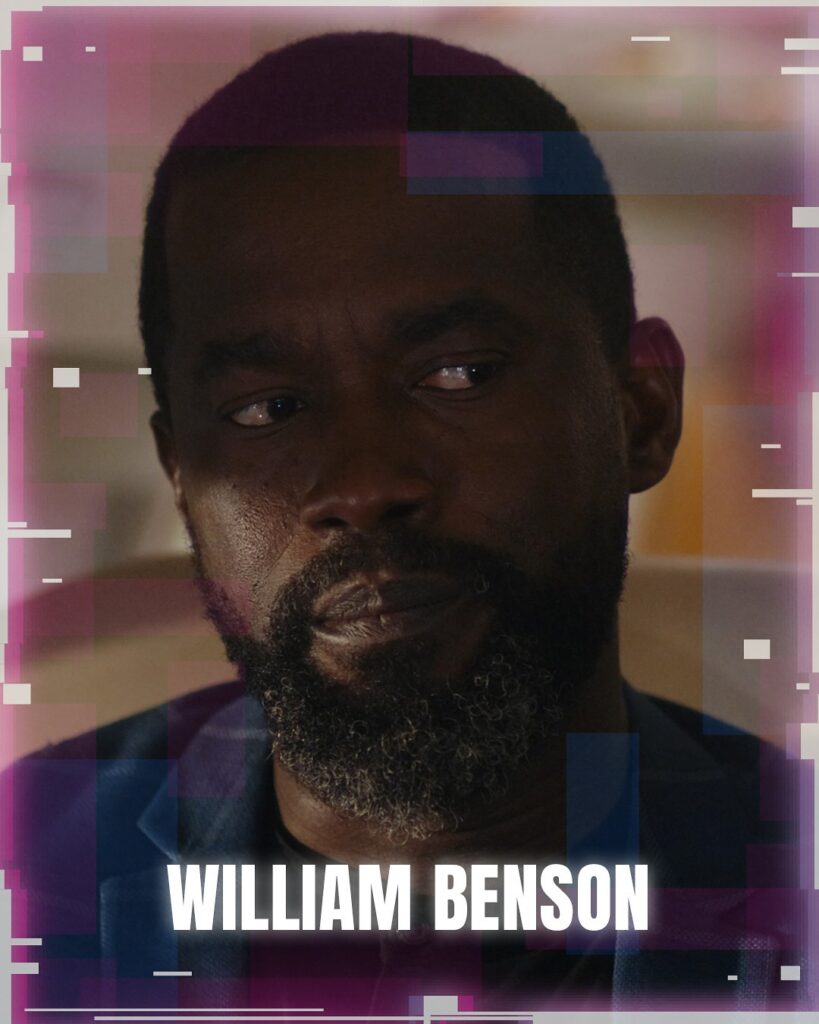
My Rating?
Well, I’ll mark it a solid 7.8/10.
To Kill a Monkey is not without its flaws—there are moments the pacing tests your attention span, and some subplots could’ve gone deeper.
But overall, its strengths outweigh the stumbles.
This is not just a “watch it for the hype” show.
It’s a “watch it, reflect, and maybe rewatch” kind of series.
I’m actually making the time to rewatch.
Behind‑the‑Scenes Fun Facts
1. A Project Like No Other
Kemi Adetiba herself described this as the hardest and most ambitious project she’s ever tackled. Shooting over 59 days from August 7 to October 15, 2023.
The crew pushed through rain or shine, with over 1,000 director slates recorded before wrap-up.
She called the experience “blood, sweat and tears,” and said if they executed even 70% of their vision, it’d make her King of Boys sequel “look like a stage play.”
2. Documentary Reveal
A mini behind‑the‑scenes documentary, shared by Kemi shortly after production began, introduced the cast lineup and highlighted the scale of the operation. It showcased how seriously the team took visual tone, set design, and the emotional weight of each character.
3. On-Location Authenticity
Filming took place across Lagos and lesser-known urban corridors, chosen not for aesthetic glam but to reflect the real textures of Nigerian street life. The aim was raw authenticity, not the gloss we’ve been exposed to lately in Nigerian films.
4. Emotional Depth & Transformative Roles
Chidi Mokeme, who plays Teacher, revealed that after hearing Kemi’s vision for a pivotal scene, he cried all night, unable to separate himself from the emotional intensity of the role.
He woke up the next day with a deeper respect for the director’s craft.
Also, Lilian Afegbai, whom I’ve loved watching grow in the creative space, spoke about how she “poured her soul” into portraying Idia, describing the process as deeply transformative and emotionally exhausting.
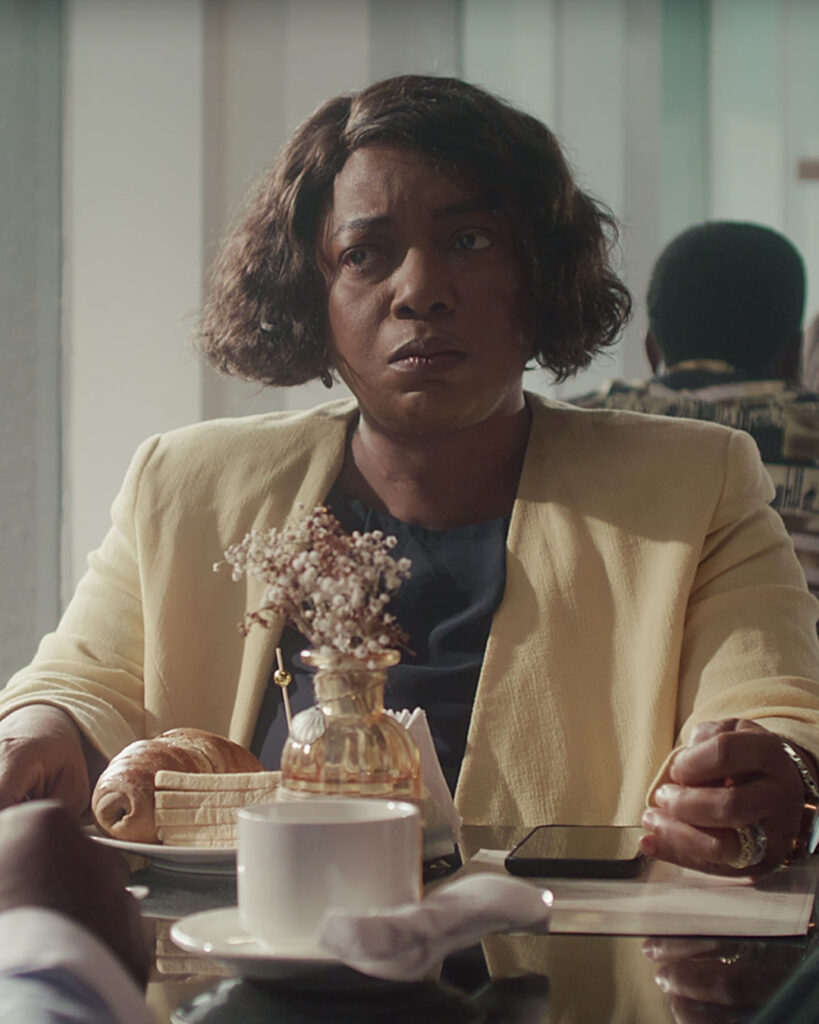
Final Thought
Whether you walk away angry, inspired, or confused, one thing is certain:
You won’t walk away untouched!
But before you go, let’s talk…
Should To Kill a Monkey have a sequel?
Or do you think the cybercrime syndicate was fully cracked down with no loose ends, no need to look back?
Then again… what about the ones who found “freedom”?
Wouldn’t it be powerful to follow their lives after the storm — to see what that “freedom” really cost, and whether they ever truly escaped?
Let me know in the comments.
Because honestly…
I’m not sure we’ve seen the last of this monkey business. 😂😂😂

